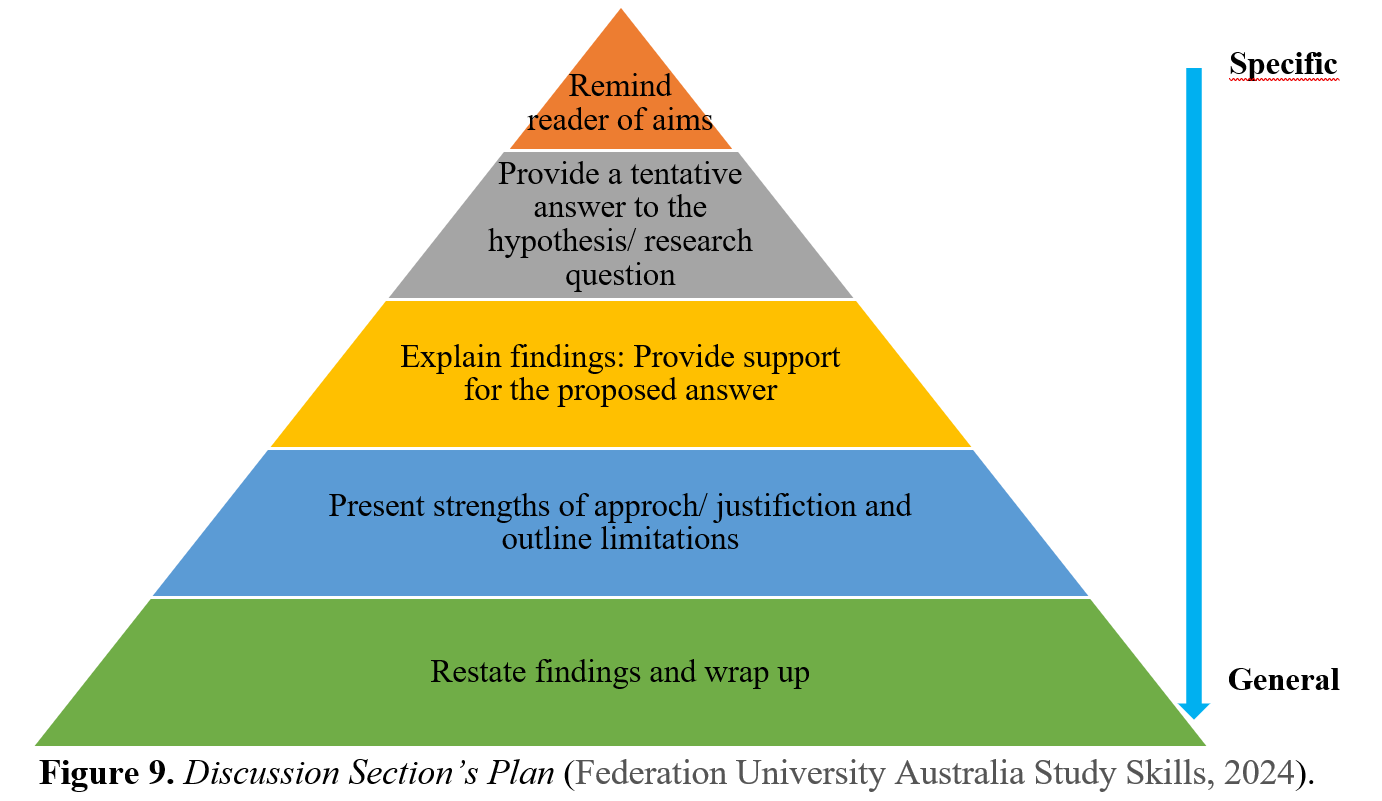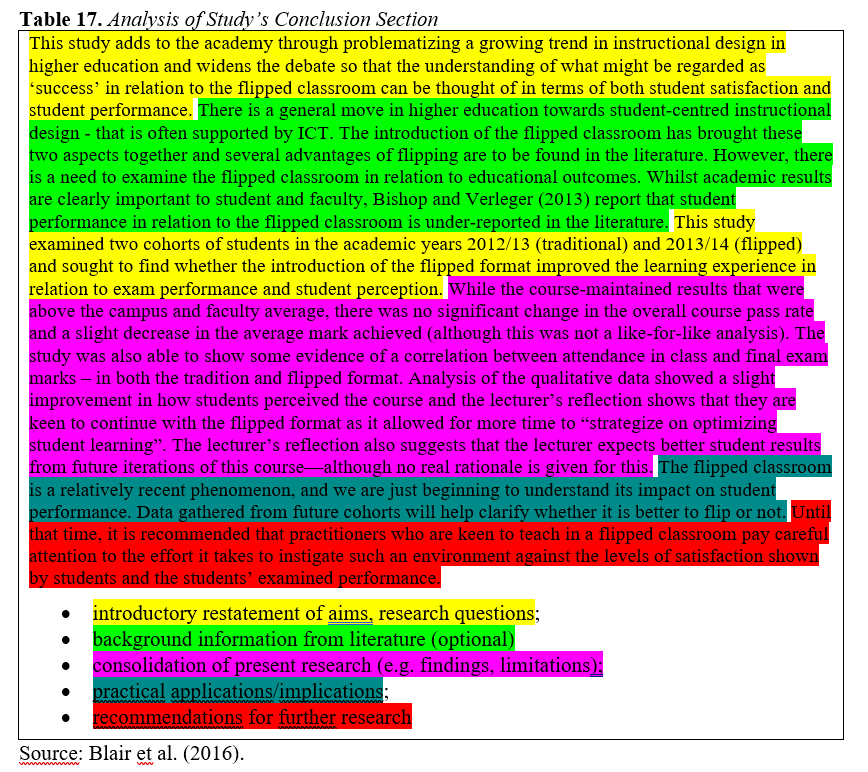The discussion section is where the researcher can explore the findings' meanings, implications, and limitations. It should provide an interpretation of how the results fulfill or fail to fulfill the expectations set out by previous literature (Hart, 1998). The purpose of the discussion section is to find answers to the questions asked in the research, to examine and interpret the meanings of the results obtained in terms of the research problem, and to use the results obtained based on the findings to support the answers to the questions of the research. This is the part where the researcher shows all his merit, creativity, theoretical and conceptual mastery of the field he works in, and his capacity to think analytically. The support and contribution of the obtained results to the studies in the field and the theoretical framework must be expressed. The most critical point in this section is to interpret what the results mean in that field and to reveal to what extent the study adds new information to the existing knowledge in that field and whether the study has critical importance for the future (Conn, 2017). As you can remember the hourglass structure metaphor from the structure of academic writing section, the triangle at the bottom starts from the discussion section to conclusion, and suggestions. Also, as it can be seen from Figure 9, the discussion section should be designed as a triangle too, from specific findings to general wrap-ups with the other related studies in the literature.

Figure 9 describes the design of the discussion section. The discussion section in academic writing resembles an hourglass structure in which the triangular base extends from specific findings to broader implications and connections to relevant literature. Presented visually, the discussion section emphasizes the transition from detailed analysis to general conclusions and connections to relevant literature. This strategy is recommended as a triangle that extends from the specific findings of the research to broader conclusions and recommendations.
Paltridge and Starfield (2007) suggested strategies for writing discussion section as;
- Write a sentence about all the things they (your audiences) know now that they didn’t know when they started their research.
- Sort the sentences into groups.
- Write headings for each of the groups of sentences.
- Write sub-headings for each sentence in each group.
- Use this as a framework for planning the Discussion chapter.
This framework can help present the results of the research in a more understandable and structured way. Additionally, relating the results to previous literature allows the findings of the study to be understood and interpreted within an overall context. This process can guide researchers in organizing the discussion section and presenting the results effectively. Also, because of discussion sections aim to discuss the study’s results with related studies in previous literature this framework can be designed as like Table 16.

This framework can be designed as in Table 16, as the discussion sections aim to discuss the results of the study with relevant studies in previous literature. The example in Table 16 includes studies associated with relevant outcomes, but also specifies studies associated with different outcomes.





